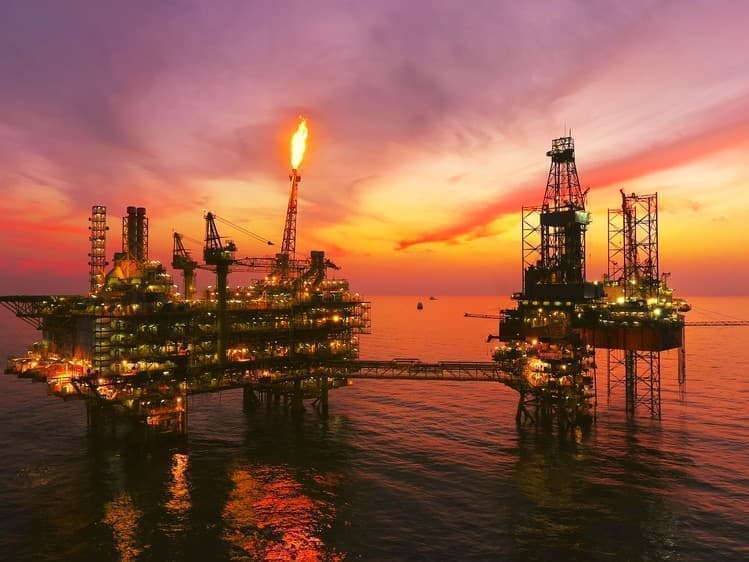
The Company's gas processing plants processed 411 and 406 mln cubic meters of gas, respectively, in 2017. We produced 395 mln cubic meters of dry stripped gas, 756,000 tonnes of light hydrocarbon fractions, 188,000 tonnes of ethane fraction and 42,000 tonnes of sulphur
learn more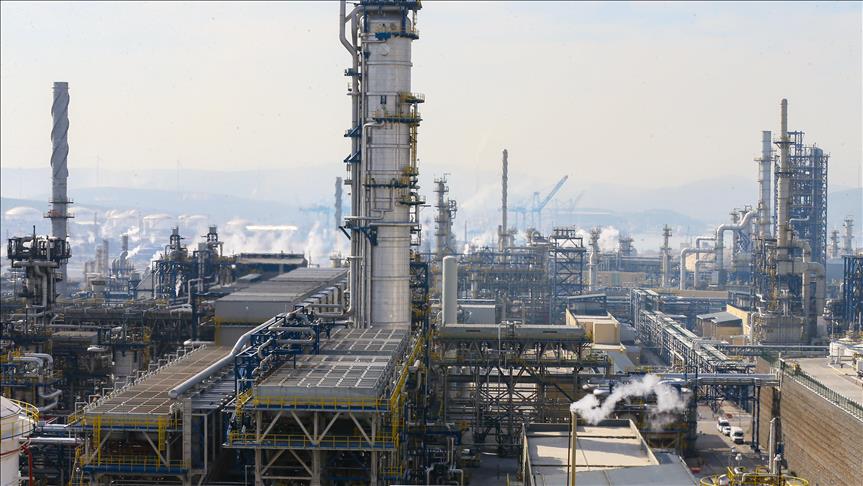
Our production facility has the capability to produce all types petroleum byproducts with high-quality performance and environmental friendly characteristics.
learn more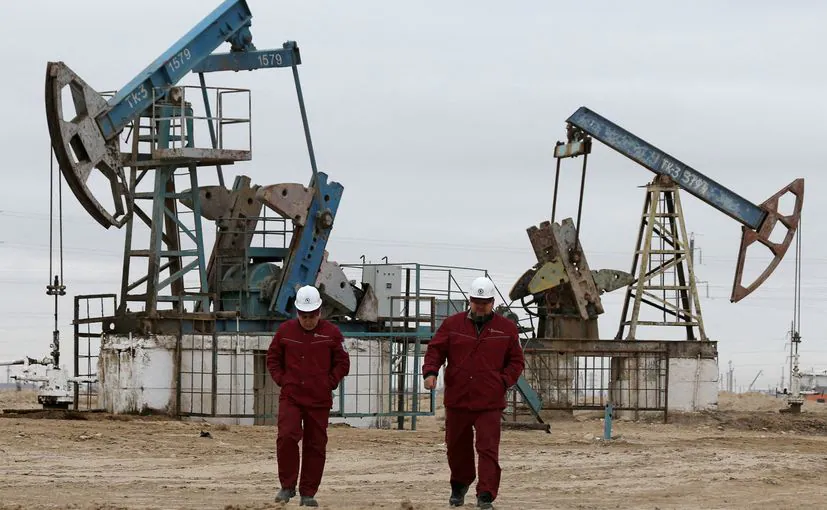
We ensure a maximum utilization of the modern geological and hydrodynamics modeling as well as the latest drilling technics
learn more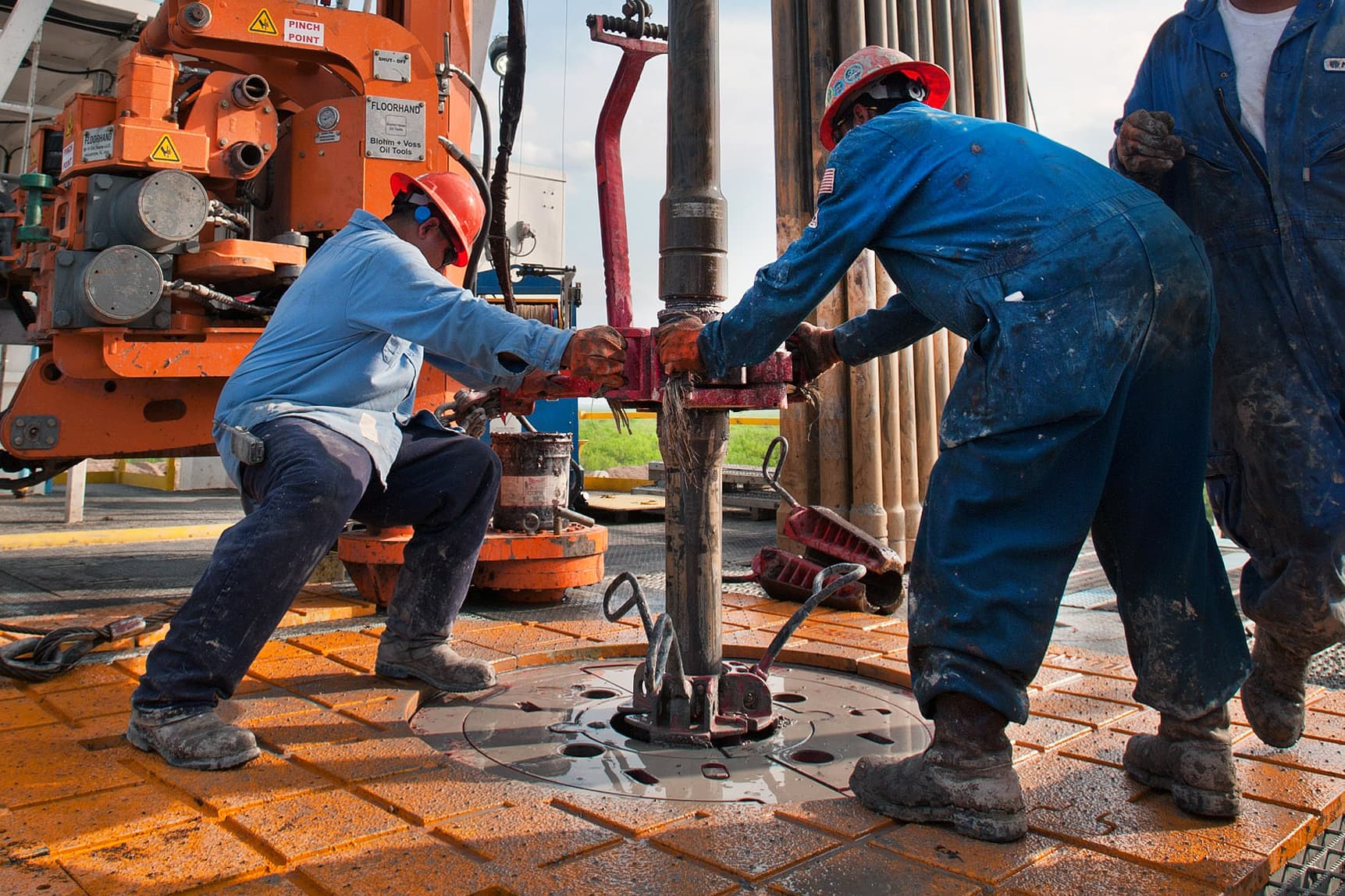
Our company implementes a drilling production modernization technic, which includes state of the art refining production unit,
learn more"KASPIJ NEFT TME" processes gas and natural gas liquids at three gas processing plants (GPPs) located in the oil fields in kazakhstan region, as well as at the Norther region of the Refinery and on the site of our petrochemical complex in the country Territory. "KASPIJ NEFT TME" gas processing plants process the associated petroleum gas produced by our company into liquid hydrocarbons and marketable gas. Although the possibility of gas infrastructure in Eastern part of the counntry has become an attractive prospect for both oil and gas producers, significant challenges remain. As testament to this, we have more than six years of development to this particular area of activity.
As things currently stand, the general processing of LPG is scheduled to commence in the first half of 2019. In parallel, propane and butane delivery to respective clients of the company will begin as well. The initial dispatch of LPG will consist of 160,000 tonnes per year, most of which will be transported by railroad to both foreign and domestic markets. In the local mobility sector, car drivers and public transportation will soon benefit from cheaper fuel and a cleaner environment. And here lies another major opportunity for the LPG industry: to displace gasoline and diesel fuel in river vessels.
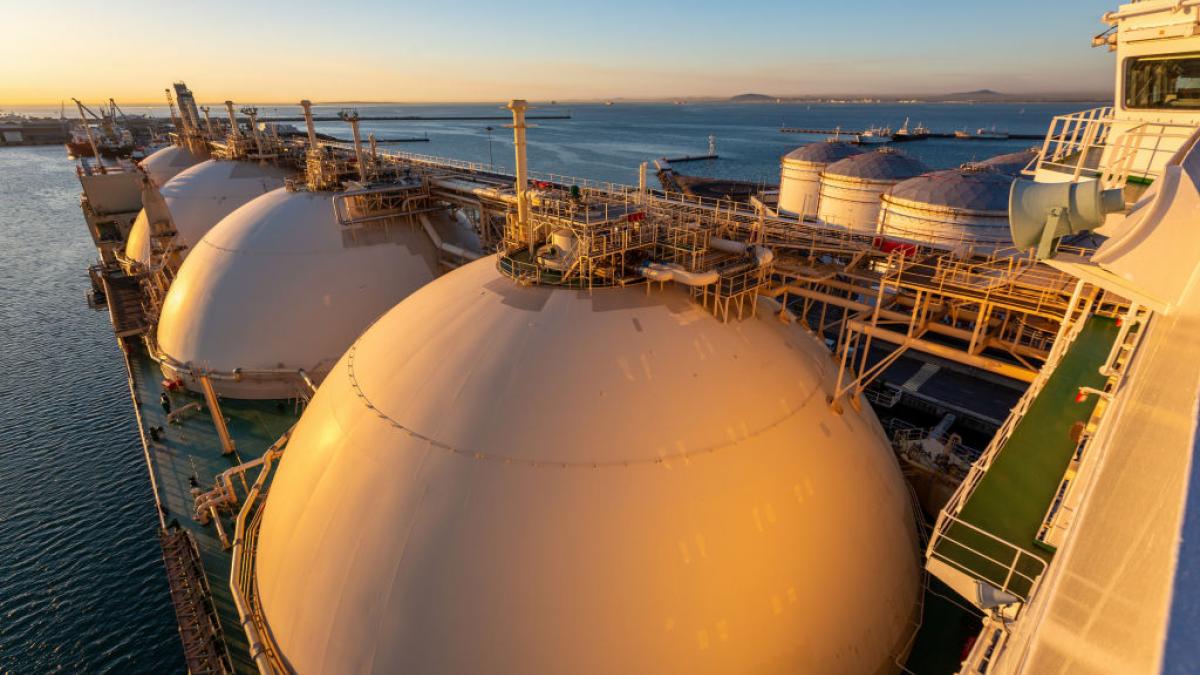
Jet fuel is kerosene, not a distillate, such as Gasoil / Diesel. At the refinery, it is separated from gasoline and paraffin. Jet A-1 is widely used as the main fuel worldwide.
Marine fuel in international markets is still the fuel with the highest viscosity standard.
The unit of viscosity is Centistoke. Popular fuels having a viscosity in accordance with ISO 8217 standards based on D6
LNG is a colorless, odorless substance with a density of 0.41-0.5 kg / l. It is influenced by alkanes (it is 0.41kg / l),. Non-toxic.